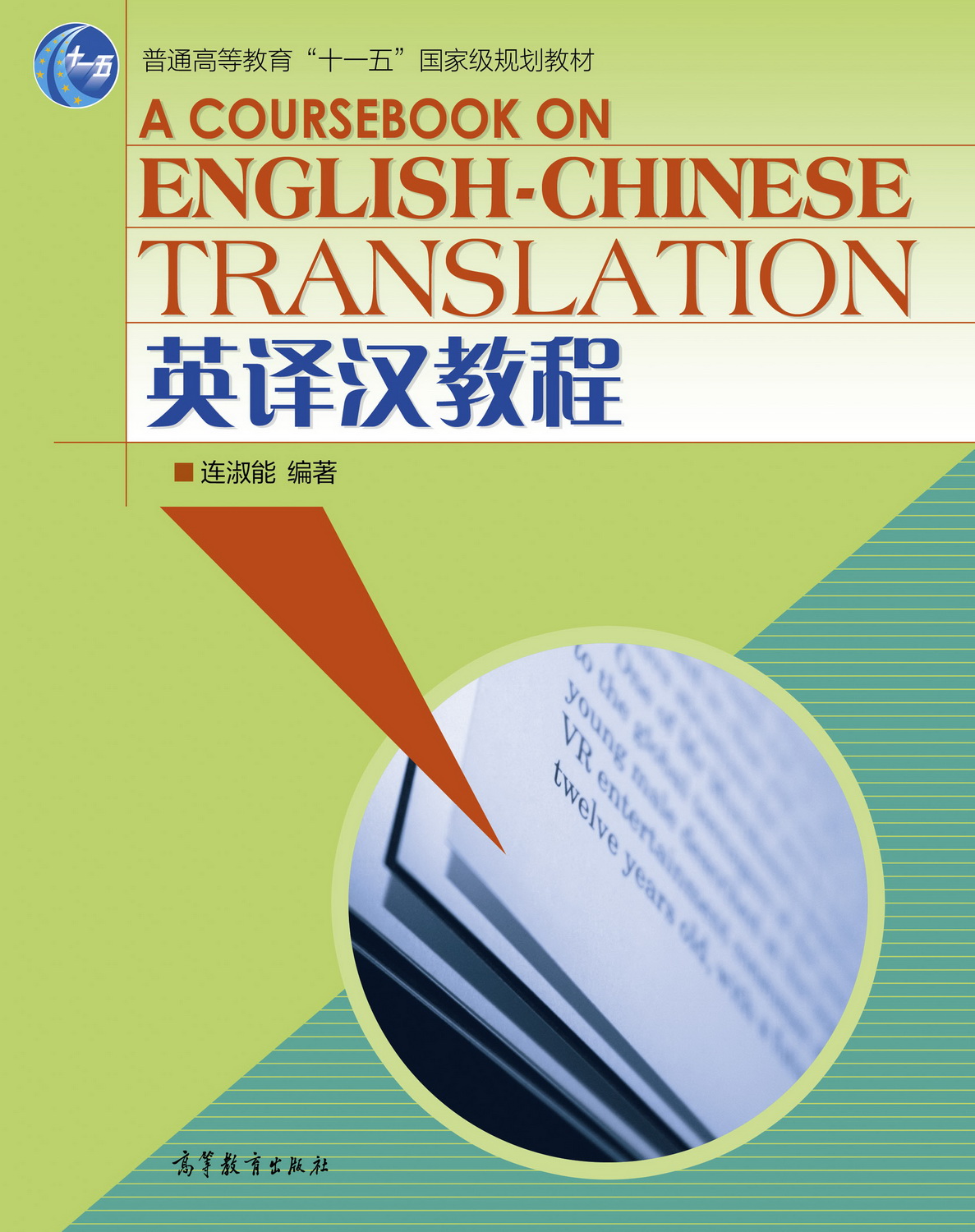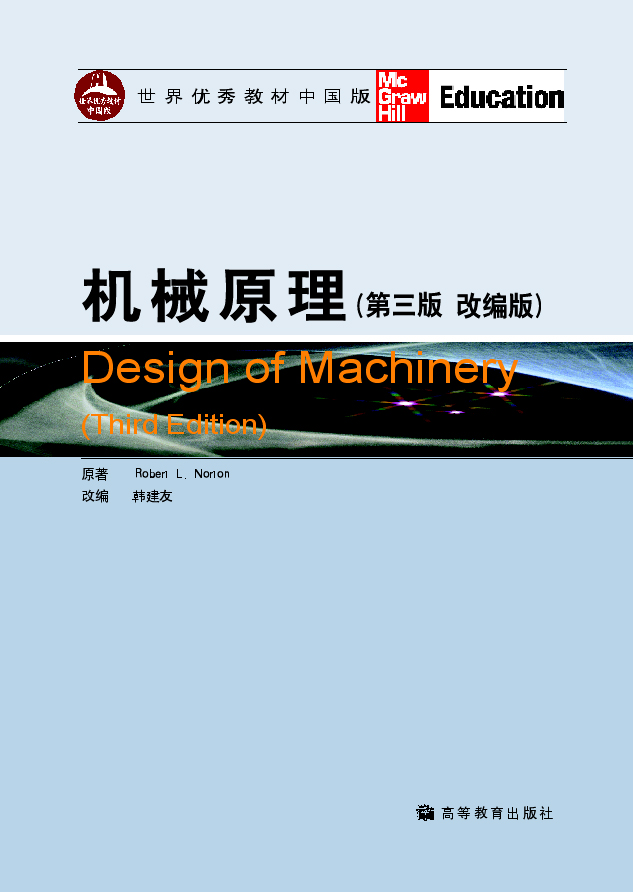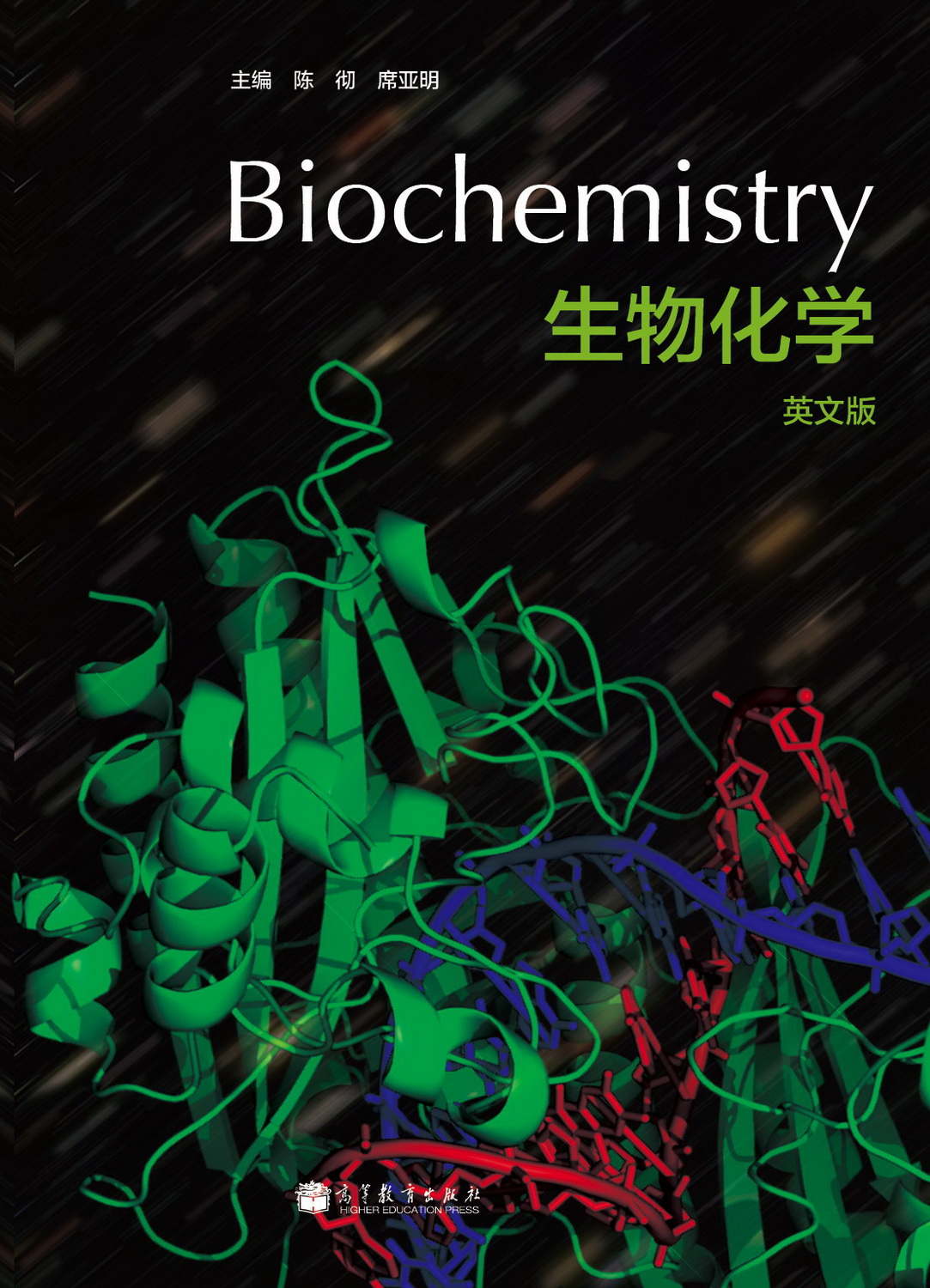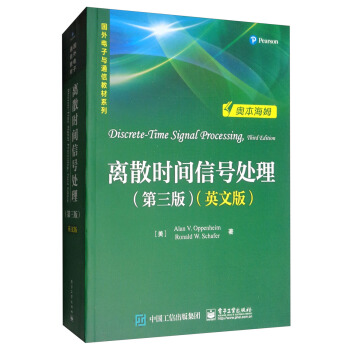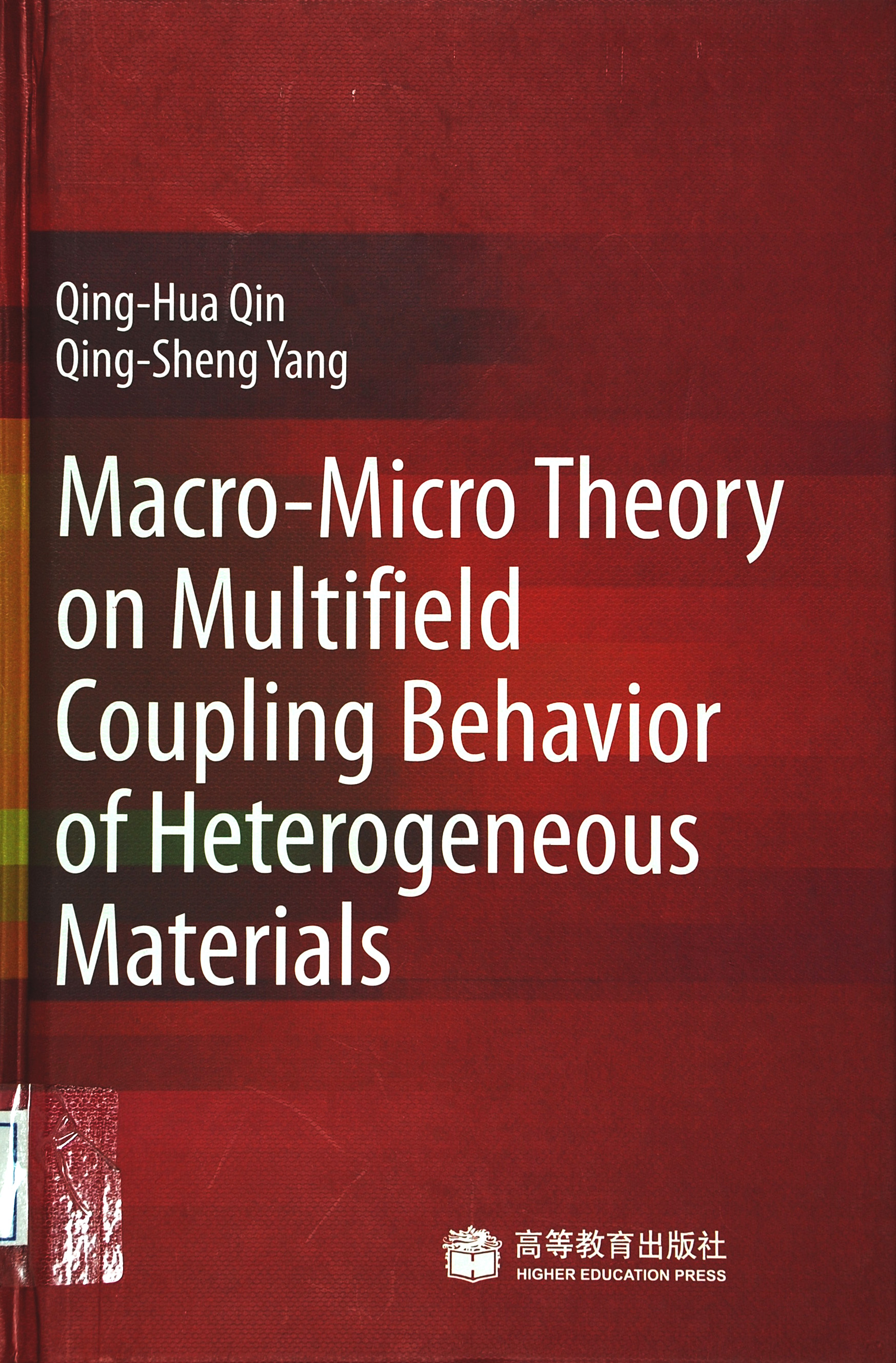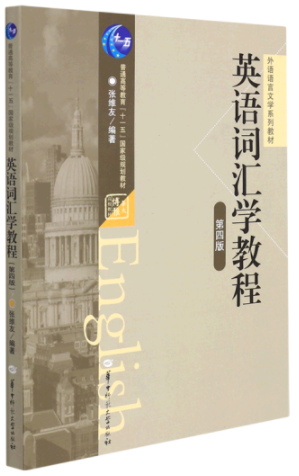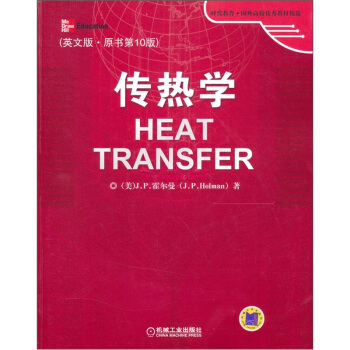英译汉教程
作者: 连淑能
出版时间:2006-09-12
出版社:高等教育出版社
普通高等教育“十一五”国家级规划教材
- 高等教育出版社
- 9787040189384
- 1
- 29892
- 0041156785-2
- 平装
- 16开
- 2006-09-12
- 550
- 367
- 文学
- 外国语言文学
前辅文
Chapter 1 General Principles
1.1 What is Translation?
1.1.1 Linguistic Views on Translation
1.1.2 Cultural Views on Translation
1.1.3 Literary Views on Translation
1.1.4 Semantic Views on Translation
1.1.5 Functional Views on Translation
1.1.6 Communicative Views on Translation
1.2 The Assessment of Translation
1.2.1 Translation Criteria Put Forward by Famous Translatorsor Translation Theorists
1.2.2 Other Factors Affecting the Evaluation of Translation
1.2.3 Criteria for Beginners of Translation
1.2.4 Translation Proficiency: the Requiremer of the Teaching Syllabus for the English Major(中国高等学校英语专业英语教学大纲对翻译教学的要求)
1.3 The Competence of a Translator
1.3.1 Excellent Command ofthe Two Languages
1.3.2 Considerable Knowledge of the Two Cultures
1.3.3 Adequate Knowledge ofthe Subject Matter
1.3.4 Fair Capacity for Writing
1.3.5 Plenty of Practice and Adequate Knowledge of Translation Theories and Skills
1.3.6 Skillsin the Use of Information Technology
1.4 Translation Strategies
1.4.1 Literal Translation(直译)and Free Translation(意译)
1.4.2 Foreignizing Translation(异化翻译)and Domesticating Translation(归化翻译)
1.4.3 Style and Translation
1.5 Basic Processesin Translating
1.5.1 The Four-phase Processin Translating
1.5.2 Some Dos and Don'ts for Students
1.5.3 Procedures of Translation by a Team
Chapter 2 Contrastive Studies of English and Chinese
2.1 Studies of the English Language
2.1.1 External History: Historical Information Related to the English Language
2.1.2 Internal History: a Linguistic Review
2.1.3 Some Characteristics of English
2.2 Studies of the Chinese Language
2.2.1 Some Major Factors Affecting the Chinese Language
2.2.2 Some Characteristics of Modern Chinese
2.3 English vs. Chinese: Ten Pairs of Features
2.3.1 Synthetic vs. Analytic(综合语与分析语)
2.3.2 Rigid vs. Supple(刚性与柔性)
2.3.3 Hypotactic vs. Paratactic(形合与意合)
2.3.4 Complex vs. Simplex(繁复与简短)
2.3.5 Impersonal vs. Personal(物称与人称)
2.3.6 Passive vs. Active(被动与主动)
2.3.7 Static vs. Dynamic(静态与动态)
2.3.8 Abstract vs. Concrete(抽象与具体)
2.3.9 Indirect vs. Direct(间接与直接)
2.3.10 Substitutive vs. Repetitive(替换与重复)
Conclusion
Chapter 3 Diction(选词法)
3.1 Choice of Affective Meanings
3.2 Choice of Grammatical Meanings
3.3 Choice of Contextual Meanings
3.4 Choice of Collocative Meanings
3.5 Choice of Stylistic Meanings
3.6 Choice of Ambiguous Meanings
3.7 Choice of Extended Meanings
3.8 Choice of Equivalent Meanings
3.9 Choice of Exact Meanings
3.10 Choice of Different Chinese Words to Translate the Same English Word or Use of the Same Chinese Word(s) to Translate Different English Words
Conclusion
Chapter 4 Conversion(转换法)
4.1 Conversion of Word Classes
4.2 Conversion of Sentence Members
4.3 Conversion of Impersonal Subjects
4.4 Conversion of Perspectives
Conclusion
Chapter 5 Addition(增补法)
5.1 Structural Addition
5.2 Semantic Addition
5.3 Rhetorical Addition
Conclusion
Chapter 6 Omission(省略法)
6.1 Omission of Words Peculiar to English
6.2 Omission of Words Superfluous in Chinese
Conclusion
Chapter 7 Repetition(重复法)
7.1 Grammatical Repetition
7.2 Rhetorical Reduplication and Repetition
Conclusion
Chapter 8 Inversion(倒置法)
8.1 Inversion of Word Order in Translating Word-Groups or Phrases
8.2 Inversion of Word Order in Translating Attributes
8.3 Position of Adjective Clauses
8.4 Inversion of Adverbials
8.5 Position of Adverbial Clauses
8.6 Inversion of Sentence Structure
Conclusion
Chapter 9 Negation(反译法)
9.1 Transfer of the Negative
9.2 Conversion of the Affirmative into the Negative
9.3 Conversion of the Negative into the Affirmative
9.4 Translation of English Questionsand Answers
9.5 Translation of Various Kinds of Negations
Conclusion
Chapter 10 Division(拆译法)
10.1 Picking Out of Words
10.2 Picking Out of Phrases
10.3 Splitting of Complex Sentences
10.4 Splitting of the Whole Sentence
Conclusion
Chapter 11 Condensation(缩译法)
11.1 Condensation of Phrases and Clauses
11.2 Condensation of Complex Sentences into Simple Sentences
11.3 Condensation of Compound Sentences into Simple Sentences
11.4 Condensation of Two or More Simple Sentences into One Simple Sentence
Conclusion
Chapter 12 Translation of the Passive(被动式译法)
12.1 Features of the English Passive
12.2 Features of the Chinese Passive
12.3 Common Ways to Translate the English Passive
Conclusion
Chapter 13 Translation of Long Sentences(长句译法)
13.1 Features of Long English Sentences
13.2 Features of Chinese Equivalents to Long English Sentences
13.3 Common Ways to Translate Long Sentences
Conclusion
Chapter 14 Translation of Culture-loaded Expressions(文化词语译法)
14.1 Foreignizing Translation
14.2 Domesticating Translation
14.3 Semantic Translation
14.4 Three Don'ts in Translating English Idioms
14.5 Proper Use of Chinese Idioms in Translation
Conclusion
Chapter 15 Translation of Proper Nouns and Technical Terms(专有名词和专门术语译法)
15.1 Transliteration
15.2 Semantic Translation
15.3 Both Transliteration and Semantic Translation
15.4 Shape-related Symbol Translation with a Semantic Explanation Added at the End
15.5 Semantic Translation with the Original Alphabet, Abbreviation or Number at the Beginning or at the End
15.6 Borrowing of the Original Abbreviation
15.7 Coinage of New Characters
Conclusion
Appendix Table on English-Chinese Transliteration(英汉译音表)
References
Further Reading

